Crossdressing in Asia: Exploring the Rich History and Modern Trends
Welcome to our fascinating journey into the world of crossdressing in Asia!
Crossdressing, the act of wearing clothing typically associated with a gender different from one’s own, has a long and diverse history across the Asian continent.
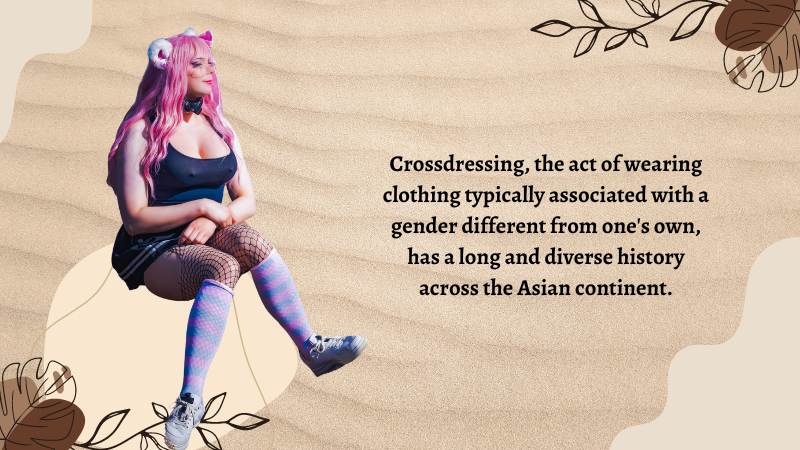
In our exploration, we will uncover the captivating stories of historical figures who defied gender expectations and left an indelible mark on Asian history.
We will delve into the fascinating world of ancient theater, where crossdressing was an integral part of dramatic performances, enabling actors to portray a range of characters and emotions.
But our journey does not stop in the past.
We will also shine a spotlight on the vibrant crossdressing communities thriving in modern Asia.
From glamorous drag queens in bustling urban centers to talented cosplayers who bring beloved characters to life, we will discover how crossdressing has evolved and adapted in contemporary society.
Through this blog series, we aim to foster understanding, promote acceptance, and celebrate the beauty of diversity.
We invite you to join us on this enlightening journey as we explore the rich history and modern trends of crossdressing in Asia.
Together, let us embrace the power of self-expression and embark on an unforgettable exploration of gender, culture, and identity.
Ancient Traditions
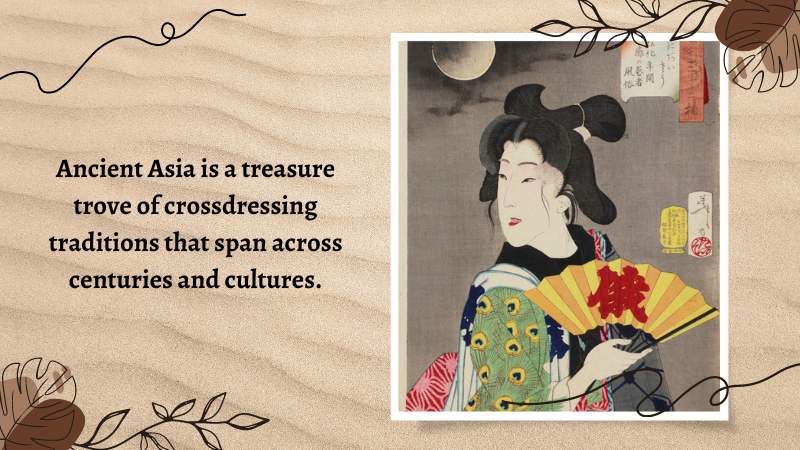
Ancient Asia is a treasure trove of crossdressing traditions that span across centuries and cultures.
One such tradition that stands out is the mesmerizing world of traditional theater.
In countries like Japan, China, and India, theatrical performances often featured male actors donning elaborate costumes and makeup to portray female characters.
Known as Onnagata in Japan, these skilled performers would bring to life the essence of femininity through their delicate gestures, graceful movements, and emotive expressions.
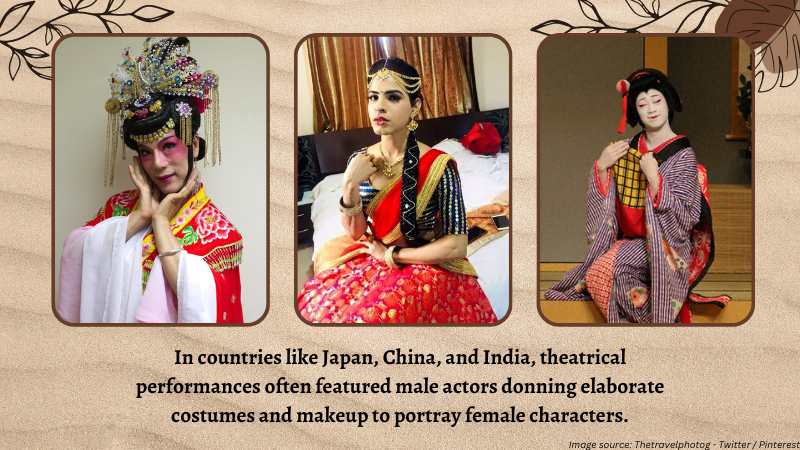
Through their artistry, Onnagata challenged conventional gender roles and blurred the boundaries between male and female, captivating audiences with their ability to embody the spirit and essence of womanhood.
Similarly, in ancient China, the Peking Opera showcased the art of “dan” roles, where male performers would transform themselves into enchanting female characters, captivating audiences with their exquisite singing, acting, and acrobatic skills.
These ancient theater traditions not only entertained but also offered a platform for exploring the complexities of gender and identity in a culturally rich and captivating manner.
Religious and Spiritual Significance
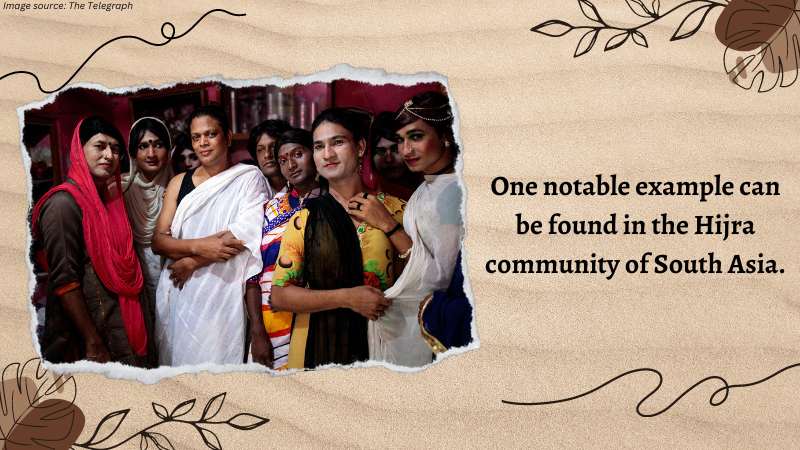
Crossdressing in Asia has also found deep roots within religious and spiritual contexts, carrying significant meaning and symbolism.
One notable example can be found in the Hijra community of South Asia.
The Hijras, who are considered a third gender, have a long history intertwined with religious traditions such as Hinduism, Islam, and Sufism.
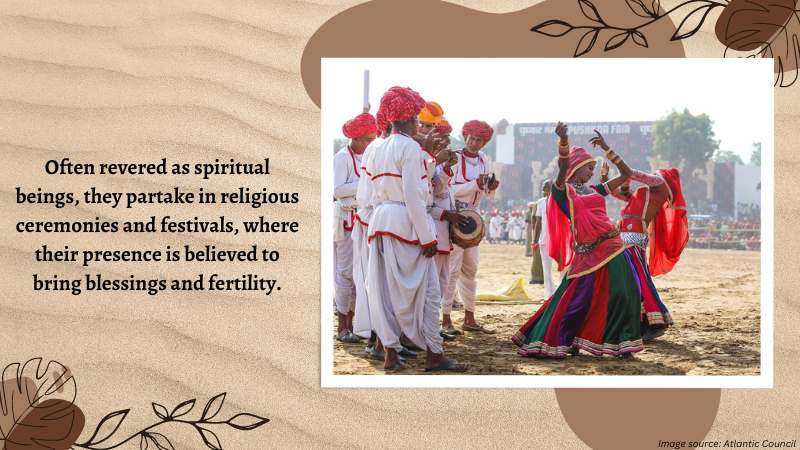
Often revered as spiritual beings, they partake in religious ceremonies and festivals, where their presence is believed to bring blessings and fertility.
Hijras embrace their identity through clothing and adornments that defy traditional gender norms, creating a space where spirituality and gender expression intertwine.
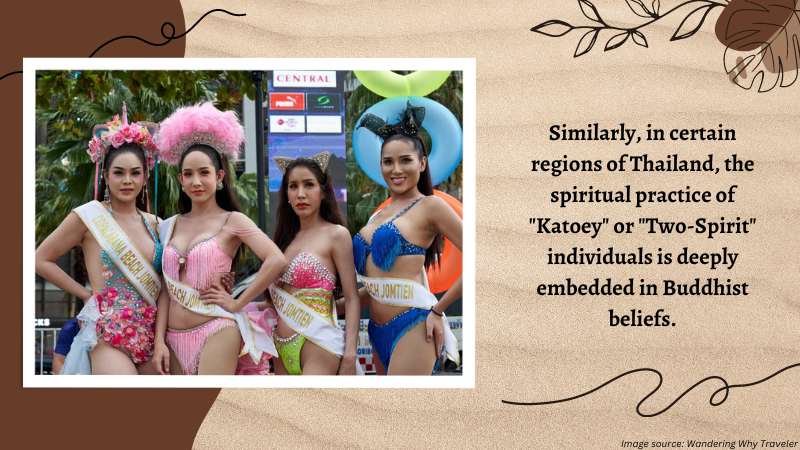
Similarly, in certain regions of Thailand, the spiritual practice of “Katoey” or “Two-Spirit” individuals is deeply embedded in Buddhist beliefs.
Katoey individuals, who may identify as transgender, have a revered status within society, and their presence is seen as a reflection of the divine balance of masculine and feminine energies.
These examples demonstrate how crossdressing intersects with religious and spiritual practices, challenging rigid gender binaries and inviting a more inclusive understanding of gender diversity within the context of faith.
Modern Trends in Crossdressing in Asia
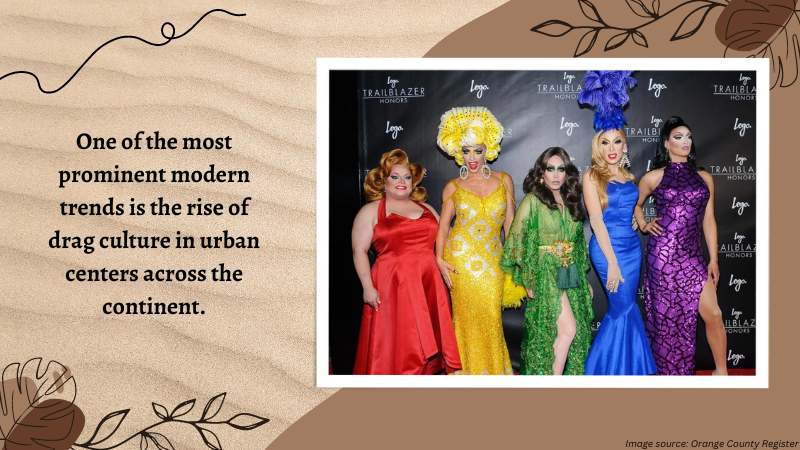
In the modern era, crossdressing in Asia has witnessed an exciting and dynamic evolution, with new trends emerging that celebrate self-expression, fashion, and individuality.
One of the most prominent modern trends is the rise of drag culture in urban centers across the continent.
Drag queens, known for their glamorous and exaggerated performances, have gained popularity through television shows, clubs, and online platforms, captivating audiences with their stunning looks, fierce confidence, and unmatched talent.
These drag performers have become cultural icons, pushing the boundaries of gender norms and inspiring a new generation of artists and enthusiasts.
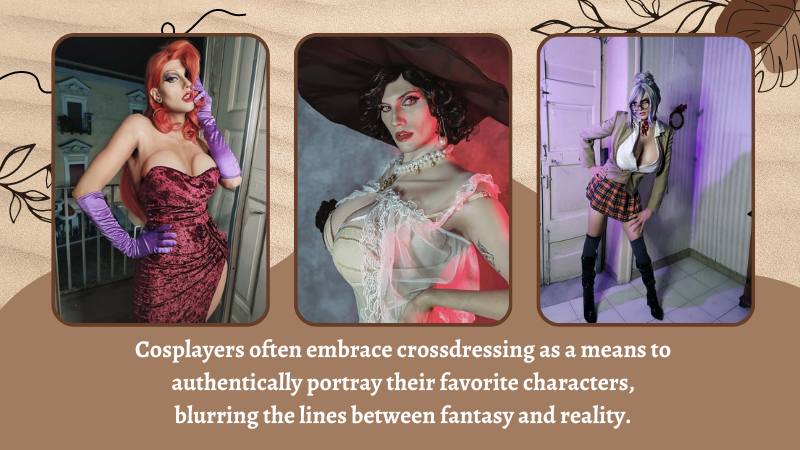
Another significant trend is the vibrant world of cosplay, where individuals express themselves by dressing up as characters from anime, manga, video games, and pop culture.
Cosplayers often embrace crossdressing as a means to authentically portray their favorite characters, blurring the lines between fantasy and reality.
Through cosplay conventions and events, cosplayers gather to showcase their creativity, craftsmanship, and passion for embracing diverse gender expressions.
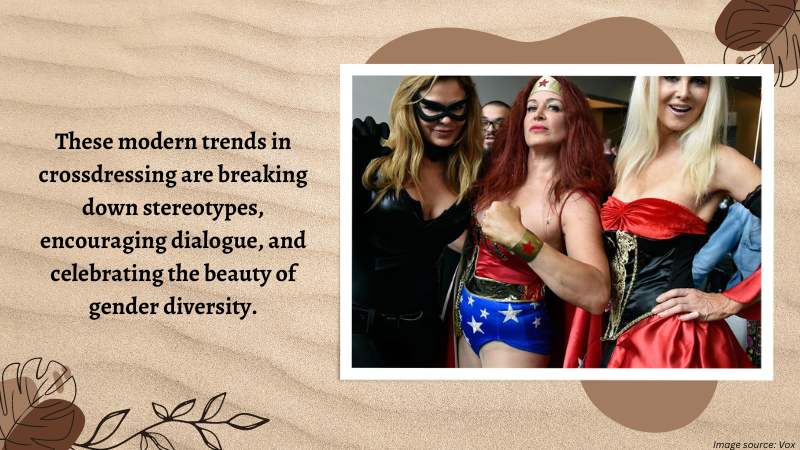
Social media platforms have also played a pivotal role in fostering a supportive and inclusive community for crossdressers in Asia.
Bloggers, vloggers, and influencers have emerged, sharing their personal journeys, providing fashion tips, and advocating for self-acceptance and body positivity.
These modern trends in crossdressing are breaking down stereotypes, encouraging dialogue, and celebrating the beauty of gender diversity, paving the way for a more inclusive and accepting society in Asia and beyond.
Pop Culture and Media
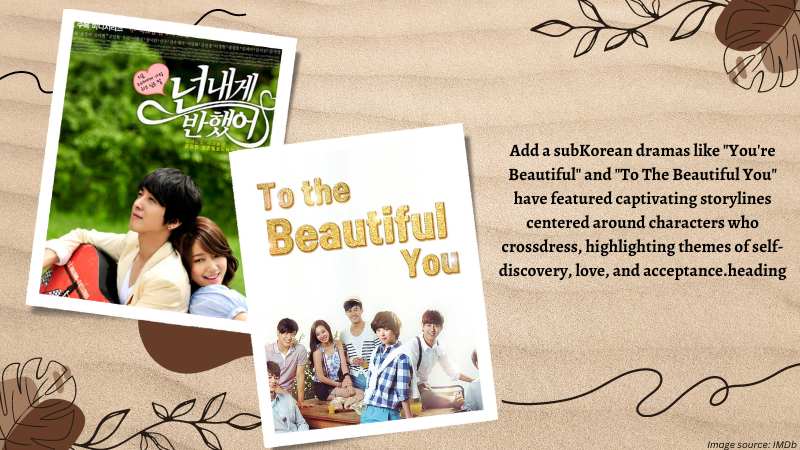
Pop culture and media have played a significant role in shaping and influencing the perception of crossdressing in Asia.
From films and television series to music and fashion, popular media has both reflected and contributed to the growing acceptance and visibility of crossdressing as a form of self-expression.
In recent years, Asian entertainment industries have produced groundbreaking works that explore gender identity and challenge societal norms.
Korean dramas like “You’re Beautiful” and “To The Beautiful You” have featured captivating storylines centered around characters who crossdress, highlighting themes of self-discovery, love, and acceptance.
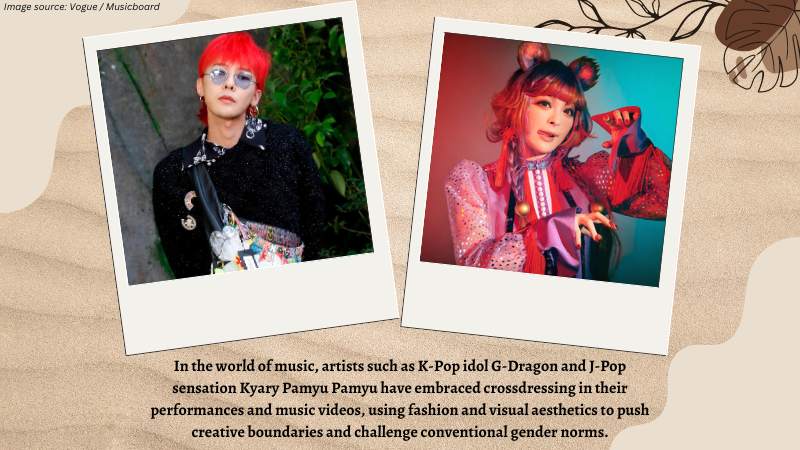
In the world of music, artists such as K-Pop idol G-Dragon and J-Pop sensation Kyary Pamyu Pamyu have embraced crossdressing in their performances and music videos, using fashion and visual aesthetics to push creative boundaries and challenge conventional gender norms.
Furthermore, social media platforms and streaming services have provided a platform for crossdressing artists, content creators, and influencers to share their talents and stories with a global audience.
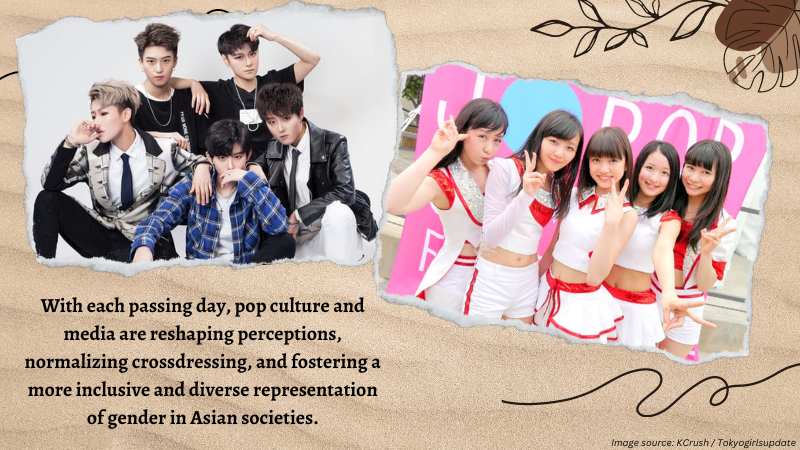
With each passing day, pop culture and media are reshaping perceptions, normalizing crossdressing, and fostering a more inclusive and diverse representation of gender in Asian societies.
The Future of Crossdressing in Asia
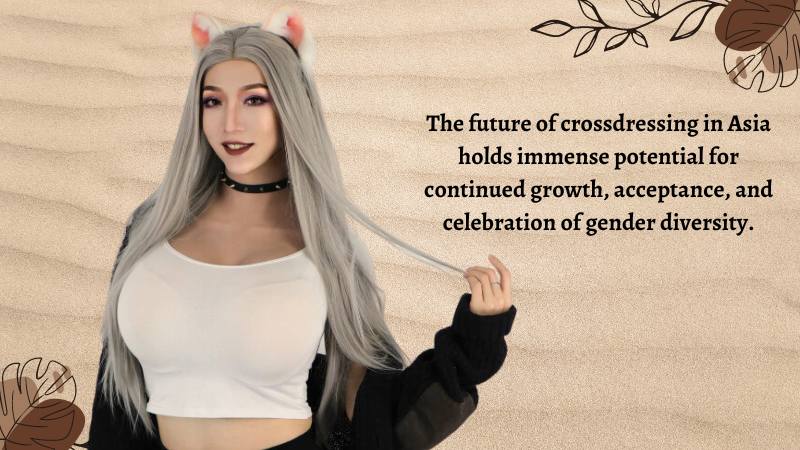
The future of crossdressing in Asia holds immense potential for continued growth, acceptance, and celebration of gender diversity.
As societies become more open-minded and inclusive, we can anticipate a greater understanding and appreciation for the complexities of gender expression.
Education and awareness programs aimed at promoting tolerance and acceptance will play a crucial role in dismantling stereotypes and fostering empathy.
Additionally, advancements in technology and social media will provide even greater visibility and platforms for crossdressers to connect, share their stories, and inspire others.
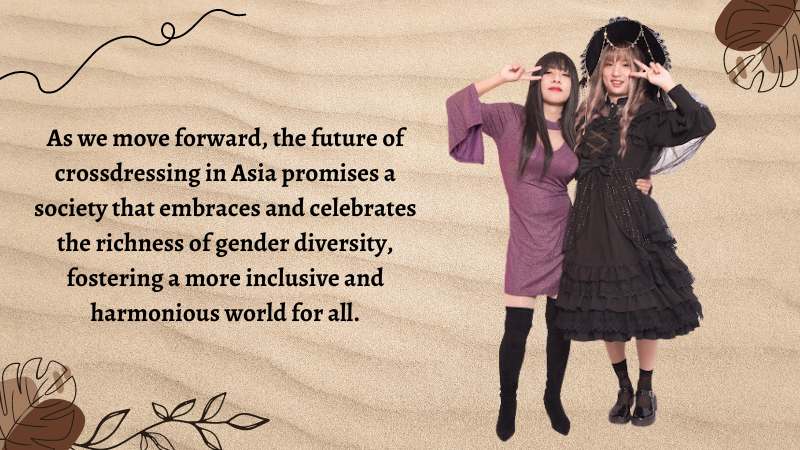
We can expect to see a more diverse and authentic representation of crossdressing in mainstream media, as well as an increased integration of crossdressing into the fashion industry, breaking down traditional gender boundaries and redefining beauty standards.
It is essential for policymakers and institutions to support the protection of rights and equal opportunities for individuals who identify as crossdressers, ensuring a future where everyone can express their gender identity freely and without fear of discrimination.
As we move forward, the future of crossdressing in Asia promises a society that embraces and celebrates the richness of gender diversity, fostering a more inclusive and harmonious world for all.
Conclusion
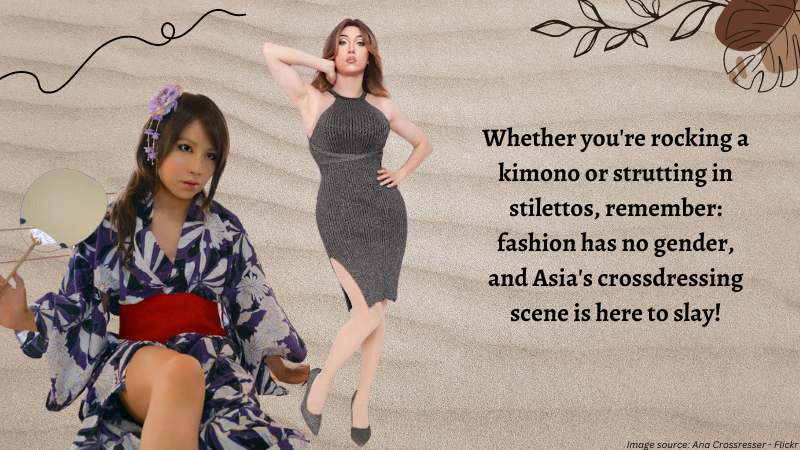
In a world that loves to mix it up, crossdressing in Asia proves that fashion and identity are anything but black and white.
From legendary performers challenging the norms of the past to modern trendsetters breaking barriers today, this vibrant journey through time showcases the power of self-expression and the beauty of embracing your true colors.
So, whether you’re rocking a kimono or strutting in stilettos, remember: fashion has no gender, and Asia’s crossdressing scene is here to slay!
- What Does CD Mean Sexually? Understanding Crossdressing Sex Appeal
- Who is Bobrisky? Everything About the Nigerian Crossdresser
- 7 Signs that You are a Sissy Slut
- The Crossdressers Forum: Your Go-To Place for All Things Crossdressing
- How to Use a Strap On Vagina for a Beginner Crossdresser
- 5 Best Ladyboy Go-Go Bars in Bangkok
Established in 2009, We are a recognized manufacturer and seller of professional crossdressing products.
It is our aim to become not just the most creative manufacturer but also a very considerate seller, as we provide the best quality products for crossdressers all around the world.

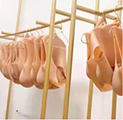







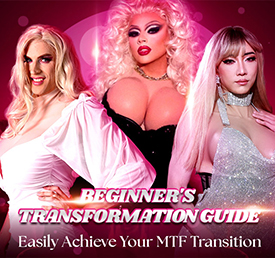


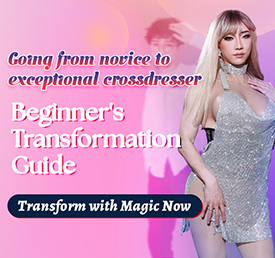









 Breast Forms
Breast Forms  Body Suit
Body Suit  Realistic Mask
Realistic Mask  Femini Girdle
Femini Girdle Hip & Butt Enhancement (8)
Hip & Butt Enhancement (8) Penis Prosthesis
Penis Prosthesis Fake Muscle
Fake Muscle Bikini
Bikini  Wig
Wig  Corsets
Corsets Course
Course service@roanyer.com
service@roanyer.com +8618652200711
+8618652200711 Facebook
Facebook YouTube
YouTube Twitter
Twitter Instagram
Instagram




